formulae for transmuting technetium 99 to ruthenium 100
“The base man who desired only for wealth would always fail. The higher adepts, the true alchemists, knew that what they were really transforming was themselves. The real lead was in their own hearts and only through purity of motivation could they transform that lead into gold.”
"You know when you read Beowulf and the Icelandic sagas they talk about the hero's blood-quenched sword, and everybody thought poetic license, right? Blood's extremely rich in nitrogen. And we now purposely dissolve nitrogen in water when we quench steels to make them harder than they would be when they were quenched in brine and pure water. A blood quenched sword is a stronger sword - it's nitrogen quenching."
In the Barcelona lectures James L. Acord seems on edge, nervously eloquent. He seems really like a homeless person without a family, some introverted soul, fixed on an idea that few people can understand or even evaluate. And it frightens me that I feel that I actually understand him and sense the great stretches of loneliness or isolation. From the few citations above it's easy to see there's a lot going on in his brain-case. But the quality of his speech and his hearing seems a bit off, like a harried high-school professor. In my research eventually I discover he often lived in single room apartments and spent all his money on his projects which, owing to their involvement with radioactive materials probably brought him unwanted attention from the feds. The descriptions of his multiple applications to the authorities at the DOE speak of 7 long years of either routine bureaucracy or a malicious teasing and humoring by the sadistic characters that know full well he will never be allowed to transmute the technetium 99 into ruthenium 100 and that his plans to build an effective monumental sculpture ("a nuclear Stonehenge") to warn people in the distant future of the toxicity of the Hanford nuclear dumps might never be doable. But he did sculpt and sell to a Texas University library the Monstrance for a Grey Horse https://en.wikipedia.org/wiki/Monstrance_for_a_Grey_Horse , a granite mass topped by a chiselled horse's skull inside of which base there is alleged to be crushed fragments of 20's era Fiestaware salt cellars given their special hue by a uranium coating of some sort, the one example of a radioactive material he could purchase legally from antique collectors and which the CIA's Gieger counters didn't figure on registering.
I was first introduced to Acord via the poet Jack Clarke, via the very same quotation which opens this post, a caveat to show us that poetry was a different vocation, something more that word-peddling. Little did I know of what a difficult path Acord had assumed in trying to create a sculpture that would warn people is centuries to come that nuclear waster lay buried beneath their feet. Acord's story is filled with frustration and misinterpretation of his aims and the myths that follow the topic of nuclear fallout (such as Godzilla jump in mutation) are no where better explained than in the controversy that stemmed from the 2 part article by Philip Schuyler published by the New Yorker. Readers assumed that the ducks at the nuclear dumpsite (Handford) in Richland, Montana were the result of some isotopic disturbance of their genome, leading to the tragic gunning down of an entire flock of ducks with wha strange looking bills, "atomic ducks" -- named, oddly enough "muscovys" (to my ear some accidental Cold War irony slips in).
"On that pond — it’s the Kiwanis Youth Fishing Pond — it is where everybody dumps their Easter duck when it gets to be too big for the house. So there is this huge motley collection, a lot of barnyard ducks and geese and stuff. It is where everybody goes to feed the birds. I would often take my father over there and we would sit on a little bench and throw bread to the ducks. Well, of the bunch of ducks that were there, there were about eight or ten muscovys. They have got these red warts on their faces, they are extremely homely ducks, and I have always loved them. People hate muscovys and I think they are just the coolest ducks of all time. I always went out of my way to make sure the muscovys had extra bread. Philip Schuyler tagged along with me on one of these trips with my dad…
" I think that was the day that ***** and I went to check on the ducks. And they were gone. I will bet that all the phone calls, the two anonymous ones, and the three from friends came within four days. And ***** and I, on day four, went to check on the ducks and the ducks were gone. Clearly they had been killed. Somebody had gone over, scoped rifle, infrared scope at night, and shot all the ducks. It scared the shit out of *****. She is such a gentle person. She was the one who called the Humane Society. She asked the Humane Society, “has anybody brought any ducks in? Have you been over to do duck control?” They didn’t know a thing about it...
"I could see the feathers where they had been killed. Somebody had shot them all during the night. All the muscovy ducks were dead. They didn’t like the idea of ugly ducks that could be attributed to radioactive waste from Hanford.
"To me, that was a cheap shot. Because they are the innocents. And I couldn’t help but feel slightly responsible for their having been gunned down in the night. But in the end, the community said, “mutant ducks, we don’t need this.”
"All the ducks were gone that were half-breeds or muscovys. About one-third of the duck population disappeared that night. …these are innocent lives. It was a cheap shot for Schuyler to do it in The New Yorker. Couldn’t resist, ugly ducks, Hanford, mutants, blah blah blah."
All these citations pulled from the Plazm Magazine article linked below
http://www.jamesflint.net/the-bright-tunnels-of-alchemy-the-dark-lights-of-science
https://www.newyorker.com/books/double-take/postscript-james-acord-alchemist-for-the-nuclear-age
http://progressivealaska.blogspot.com/2011/01/james-l-acord-passes.html
https://magazine.plazm.com/ambushed-at-50-9fc7fbe1ea99

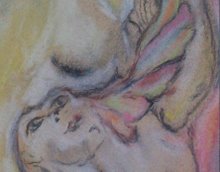



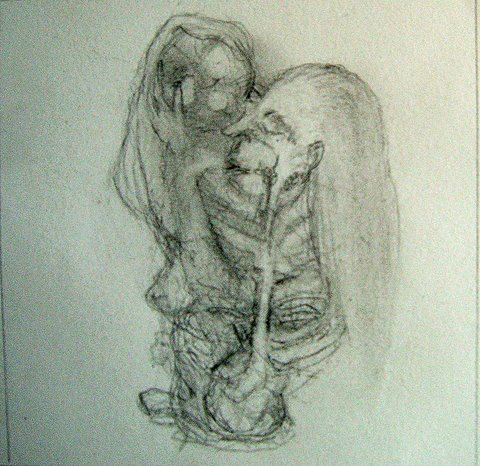
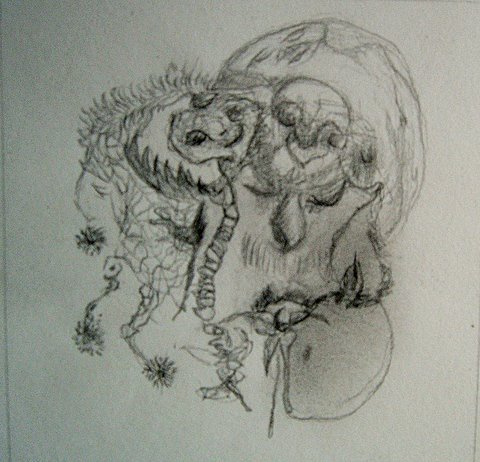
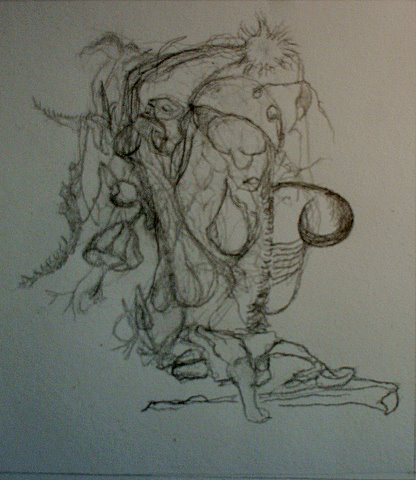
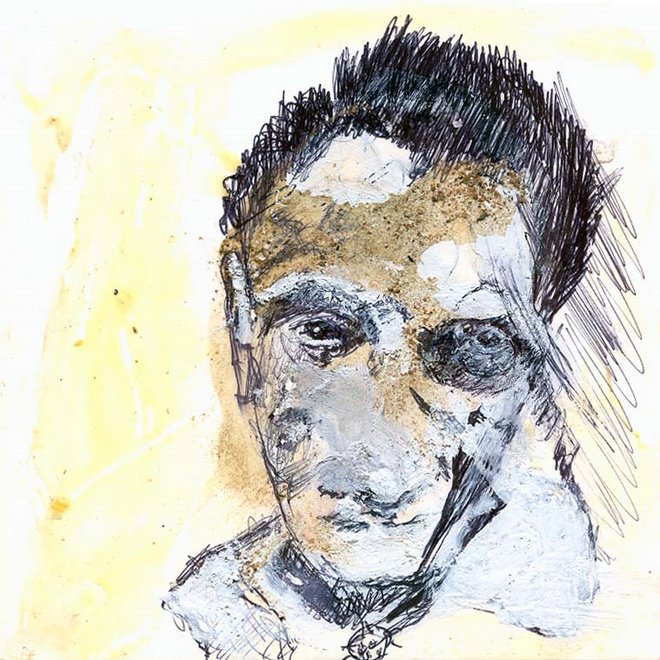
No comments:
Post a Comment